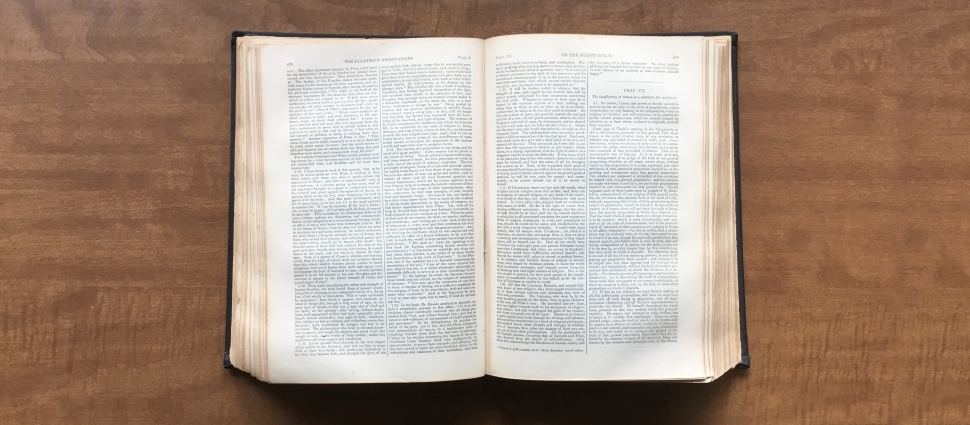The Gospel According to Harry Potter

Harry Potter is the literary phenomenon for children so far in the twenty first century. On the use of the imagination in literature, C.S. Lewis has commented, "You and I who still enjoy fairy tales have less reason to wish actual childhood back. We have kept its pleasures and added some grown-up ones as well."
The author, Connie Neal, tells us that this book has been written primarily for those who have read and are familiar with the books in the series. The author is not making a recommendation on the appropriateness of the material for an individual child. The choice of reading material is what is deemed appropriate for the child by the parent. It would have been helpful if some discussion on the limits of imagination had been included both as regards adults in general and children in particular. The layout of each chapter opens with a section from the actual text accompanied by an "explanation" (read interpretation) of that text. Biblical parallels are then addressed in such a way that the Potter material is viewed almost as an allegory or symbolic fantasy narrative of Biblical truths. Having stressed earlier in the preface that Harry Potter is fantasy and that which is in the Bible is truth, the meeting of the two books parallel over and over. Neal explores and chronicles over fifty such examples.
For example, in the chapter "Dumbledore's Dire Warning," Dumbledore, the headmaster of Harry's school, gives a warning to the children not to go to the third floor corridor or they will die a painful death. The children, confused by the warning, pay no heed and have to venture into the forbidden corridor before they realize the warning was for their own good. The warning was not to prevent them from adventure and fun but to save them from suffering.
Neal then draws the obvious parallel to the book of Genesis with Adam and Eve in the Garden of Eden. Just as the children did not obey the warning, Adam and Eve disobeyed God eating of the fruit of the tree of knowledge of good and evil.
The author continues, "God's warnings simply tell us what he knows to be true so that we can avoid the pain, danger and death he wants to spare us. When God warns us away from sin, it is because he knows therein lies danger." She continues with a reminder that God's warnings are given in love.
What this book can offer is a springboard to discussion and discourse with interesting points and facts to consider. In the right hands and with proper guidance, this book could be used as a parental tool to reinforce biblical teachings. Its weakness lies in a reluctance to question the appropriateness of the fantasy material which is often dark and devoid of a clear moral directive influence. Contrasts rather than comparisons with Lewis and Tolkien seem more appropriate.
Connie Neal - Westminster John Knox Press, 2002
Review by Weezie Polk




